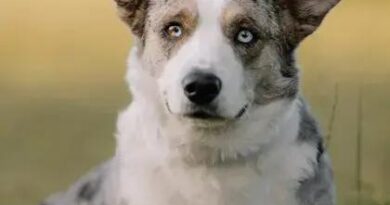What is bath grooming techniques
Understanding Bath Grooming Techniques
Bath grooming techniques are essential practices that ensure your dog remains clean, healthy, and comfortable. These techniques encompass various methods of bathing, drying, and maintaining your dog’s coat. By understanding these techniques, pet owners can enhance their grooming routine, making it more effective and enjoyable for both the dog and the owner.
Importance of Regular Bathing
Regular bathing is crucial for maintaining your dog’s hygiene. It helps remove dirt, debris, and allergens from their coat and skin. Additionally, bathing can prevent skin infections and irritations caused by bacteria or parasites. Understanding the frequency of baths required for your specific breed is vital, as some dogs may need more frequent baths than others due to their coat type and lifestyle.
Choosing the Right Products
Selecting the appropriate grooming products is a key aspect of bath grooming techniques. Dog shampoos and conditioners are formulated specifically for canine skin, which is different from human skin. Look for products that are free from harsh chemicals and fragrances, as these can irritate your dog’s skin. Natural and hypoallergenic options are often the best choice for sensitive skin.
Preparing for Bath Time
Preparation is essential for a successful bath grooming session. Gather all necessary supplies, including shampoo, towels, brushes, and a non-slip mat for the tub or shower. Ensure that your dog is comfortable and calm before starting the bath. You may want to introduce them to the bathing area gradually, allowing them to explore and feel at ease.
Bathing Techniques
When it comes to bathing your dog, there are several techniques to consider. Start by wetting your dog’s coat thoroughly with lukewarm water, avoiding their eyes and ears. Apply shampoo, working it into a lather while massaging it into their coat. Rinse thoroughly to ensure no residue remains, as leftover shampoo can lead to skin irritation.
Drying Methods
After bathing, drying your dog properly is crucial. You can use a towel to gently blot excess water from their coat. For dogs with thicker fur, a pet-safe blow dryer on a low setting can be effective. Always keep the dryer at a safe distance from your dog’s skin to prevent burns. Some dogs may prefer air drying, so be attentive to their comfort level during this process.
Brushing Before and After Bathing
Brushing your dog before and after bathing is an important part of the grooming process. Brushing before the bath helps remove tangles and loose fur, making the bathing process easier. After the bath, brushing helps to distribute natural oils throughout the coat, promoting a healthy shine. It also allows you to check for any skin issues that may need attention.
Post-Bath Care
Post-bath care is just as important as the bathing process itself. Ensure your dog is completely dry before allowing them outside, especially in colder weather. Additionally, check their ears for moisture, as trapped water can lead to infections. Regularly inspect your dog’s skin and coat for any signs of irritation or parasites, and consult your veterinarian if you notice any issues.
Creating a Positive Experience
Bathing can be a stressful experience for some dogs, so it’s essential to create a positive environment. Use treats and praise to reward your dog throughout the process. Consider playing calming music or using a gentle voice to soothe them. The goal is to make bath time a pleasant experience, reinforcing the idea that grooming is a positive activity.
Professional Grooming Services
If you find that bath grooming techniques are challenging or if your dog requires specialized care, consider seeking professional grooming services. Professional groomers are trained in various techniques and can provide services tailored to your dog’s specific needs. They can also offer advice on maintaining your dog’s coat between grooming sessions, ensuring your furry friend always looks and feels their best.




